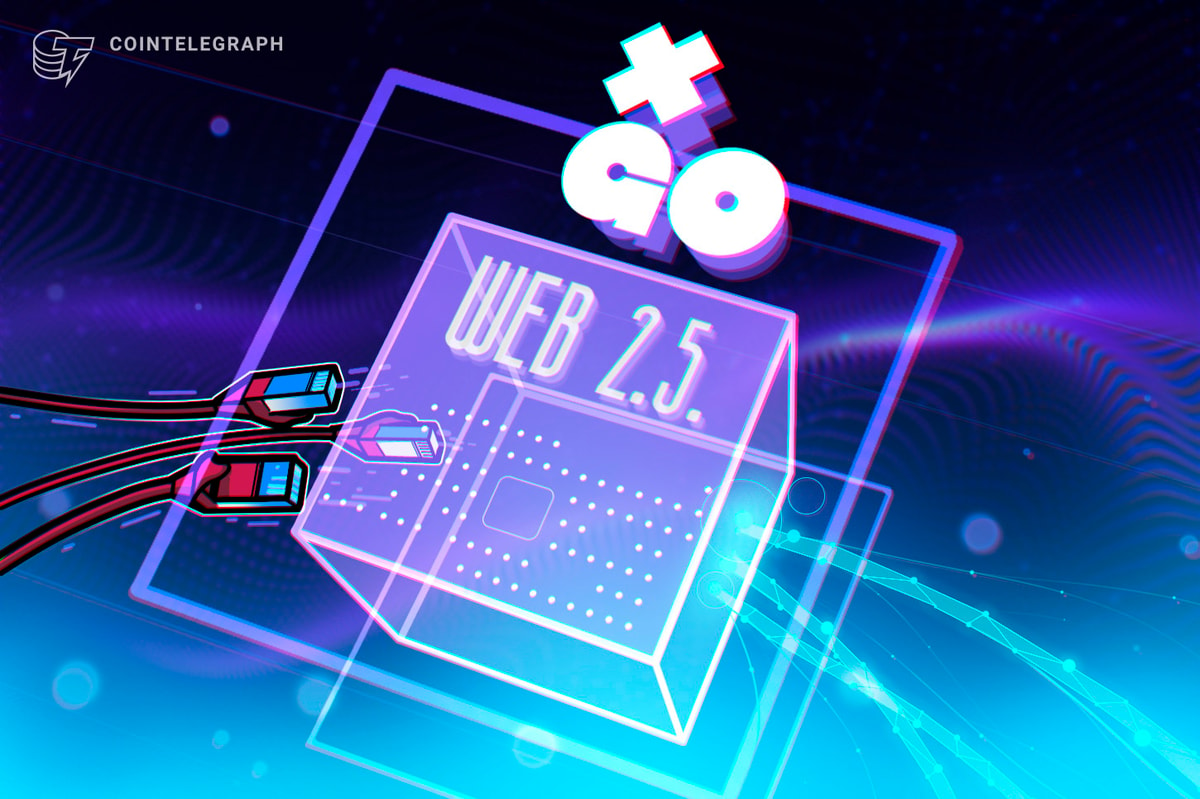According to the latest data released by Statista, the number of internet users around the world reached 5.16 billion in January 2023, representing a staggering 64.4% of the worldwide population.

Source: Statista
Undoubtedly, the world is consistently digitizing while technology continues to advance in parallel, bringing about significant changes in the way we interact with the internet. With each evolution of the internet, we continue to witness substantial changes in functionality and user experience.
The launch of Web1, also known as the first iteration of the internet, was depicted by static web pages that provided limited interactivity and predominantly served as a knowledge distribution platform. The rise of Web2, on the other hand, marked a pivotal shift in the digital landscape, proving that social interaction was borderless, and further enabling unprecedented levels of user-generated content and online collaboration as a whole.
Fast forward to today’s rapidly changing technology landscape, Web3, also known as the “decentralized web,” is poised to represent yet another major shift, promising to bring enhanced privacy, security and cross-platform communication through blockchain technology.
The gap between Web2 and Web3
Despite its potential benefits, mass adoption of Web3 is still proving to be a challenge. One of the primary reasons for this is due to the Web3 model being a significant departure from the widely used centralized model of the internet, Web2.

Source: Unsplash
In this centralized model, large corporations such as Google, Facebook and Amazon have successfully dominated the digital world over the years and act as intermediaries between users and content, collecting and monetizing data, and controlling access to information.
Moreover, the rapid growth of social media platforms in recent times has further reinforced this centralized model. This is evidenced by Statista’s report that disclosed 4.76 billion people (or 59.4% of the world’s population) as being social media users as of January 2023.

Source: Unsplash
Unfortunately, the widespread adoption of this centralized model has made it challenging for people to envision a different approach to interacting with the internet.
Undoubtedly, the decentralized landscape of Web3 mandates a new perspective on online interactions, placing user experience, privacy and autonomy at the forefront. While this transition may prove arduous for those hesitant to embrace innovation, this shift will also offer exciting opportunities to explore new possibilities.
Web2.5
The primary role of Web2.5 is to provide users with a familiar interface while incorporating the benefits of blockchain technology such as security, privacy and transparency.
While Web3 presents challenges for achieving mass adoption, it’s important to recognize that there is no seamless transition or existing bridge that can facilitate this process. That being said, meeting in the middle ground of both Web2 and Web3 could be the key to catalyzing mass adoption and unlocking the full potential of digital interactions.
Web2.5 serves as an innovative hybrid that combines the best features of Web2 and Web3. By providing this intermediary step toward decentralization, Web2.5 has the potential to bridge the gap between the current widely used centralized model and the “future” decentralized web.
To put it simply, Web2.5 may serve as an essential building block for creating a more decentralized and empowered internet for all in the long run.
Final thoughts
It goes without saying that Web2.5 provides a crucial stepping stone toward the mass adoption of Web3, and in turn, the way we interact in our digital lives.
As we continue to explore the potential of Web2.5 and work toward broader adoption of Web3, it’s essential that we maintain this balanced approach. By doing so, we can ensure that the decentralized web is developed in a way that is inclusive, accessible and user-centric.
Ultimately, this will enable us to create a more equitable and empowered digital landscape, where users have greater control over their data and the tools they use to interact.
Disclaimer. Cointelegraph does not endorse any content or product on this page. While we aim at providing you with all important information that we could obtain, readers should do their own research before taking any actions related to the company and carry full responsibility for their decisions, nor can this article be considered as investment advice.




